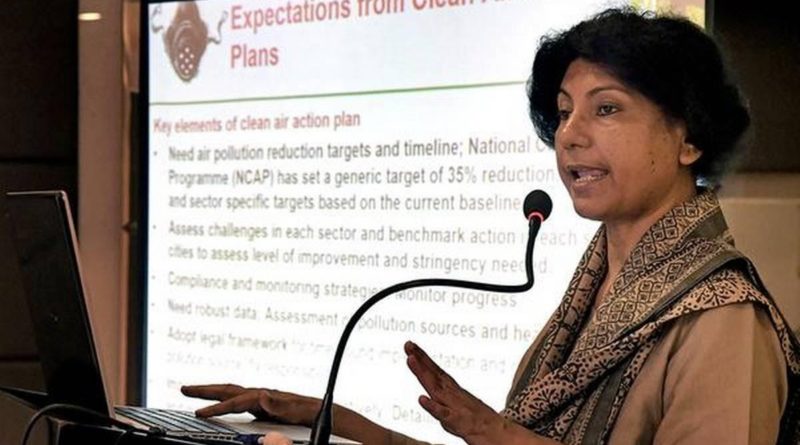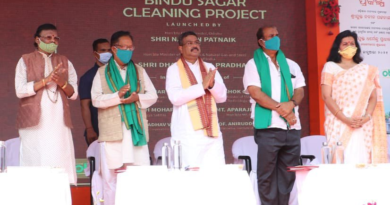Ozone levels increased during the lockdown, says CSE’s new analysis of air pollution levels in 22 cities across India
Ebangla Bureau
New analysis of summer air quality trends during the national lockdown that started on March 25, 2020, reveals a mixed trend. While the PM2.5 and NO2 curves fell and flattened dramatically in cities – a phenomenon that hogged the national attention — tropospheric ozone pollution (henceforth ozone) increased and even breached standards in several cities: a fact that was not noticed as widely. This has emerged from a new analysis of 22 mega and metropolitan cities in India, done by Centre for Science and Environment (CSE).CSE researchers point out that ozone is primarily a sunny weather problem in India that otherwise remains highly variable during the year. It is a highly reactive gas; even short-term exposure (one hour) is dangerous for those with respiratory conditions and asthma. That is why ozone has a short-term standard – one hour and eight hours, as opposed to 24 hours for other pollutants. Ozone is not directly emitted by any source but is formed by photochemical reactions between oxides of nitrogen (NOx) and other volatile organic compounds (VOCs) and gases in the air under the influence of sunlight and heat. Ozone can be controlled only if gases from all sources are controlled. Says Anumita Roychowdhury, executive director-research and advocacy, CSE: “This pandemic-led change in air quality has helped us understand summer pollution. Normally, every year, winter pollution is what draws our attention. The characteristics of summer pollution are different: there are high winds, intermittent rains and thunderstorms, and high temperature and heat waves. This is in contrast to winter — with its inversion, lower mixing height of air, and cold and calm conditions that trap the air and the pollutants in it.” Studies from the Indian Institute of Technology, Kanpur, in 2015, and a joint study by The Energy Research Institute (TERI) and the Automotive Research Association of India (ARAI) in Delhi in 2018 have shown that during summer, Delhi experiences relatively higher contribution of dust compared to winter; also, the share of secondary particulates that form from the gases in the atmosphere is comparatively lower. Says Roy Chowdhury in pic above: “This pandemic has shown that big reduction is possible only if all regions clean up together and at a scale and with speed across all critical sectors including vehicles, industry, power plants, waste, construction, use of solid fuels for cooking and episodic burning. There is a need for an agenda for a ‘blue sky and clear lungs’ for the post-pandemic period to sustain the gains. This action must also ensure the co-benefit of reducing both particulate and gaseous emissions, including ozone.”pic courtesy: The Hindu




